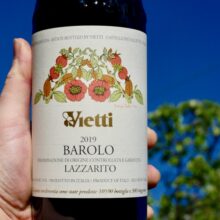
Product information
Vietti Barolo ‘Lazzarito’ 2019
$529
Description
With fruit from Serralunga d’Alba, the Vietti 2019 Barolo Lazzarito is a historic cornerstone wine of this mighty portfolio. It is also one of the Vietti Barolos that consistently delivers extreme quality and pleasure with each new release. Like the other wines presented here, winemaking is straightforward, with submerged cap fermentations lasting 30 to 35 days (although those times were reduced in 2019 because this vintage was not suited to long maceration times). Serralunga d’Alba always delivers power and richness. There are aromas of dried tobacco leaf, perfumed tea, crushed rose and iron ore. The bouquet is extremely expressive.
The 2019 Barolo Lazzarito continues a trend seen in recent years in which the focus has been more about finesse than raw power. Intense red fruit, iron, dried herbs, chalk, dried rose petal and white pepper all run through this deep, virile Barolo. The power and intensity of Serralunga really come alive on the heady, explosive finish. Bright saline notes linger on the deep, resonant finish. A Barolo of raw, unbridled power, the Lazzarito demands patience.
Antoni Galloni, Vinous 97 Points
Only 2 left in stock


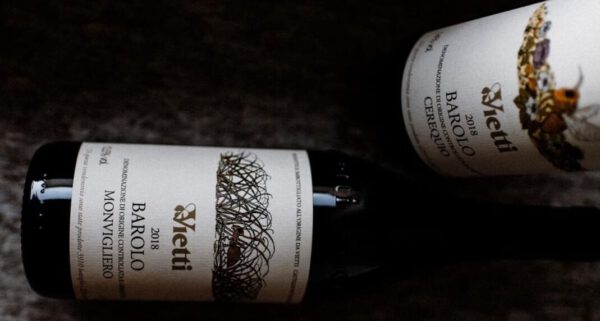 The Prologue
The Prologue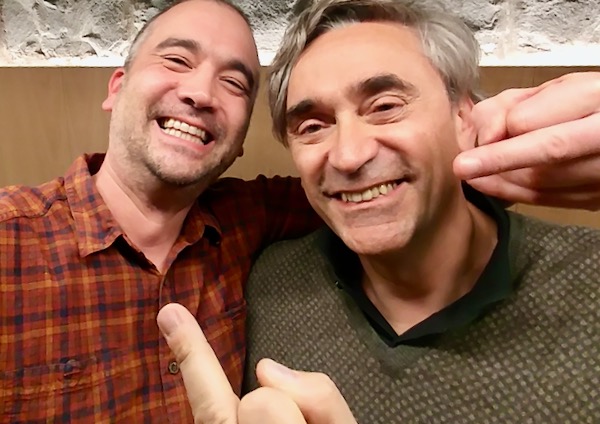








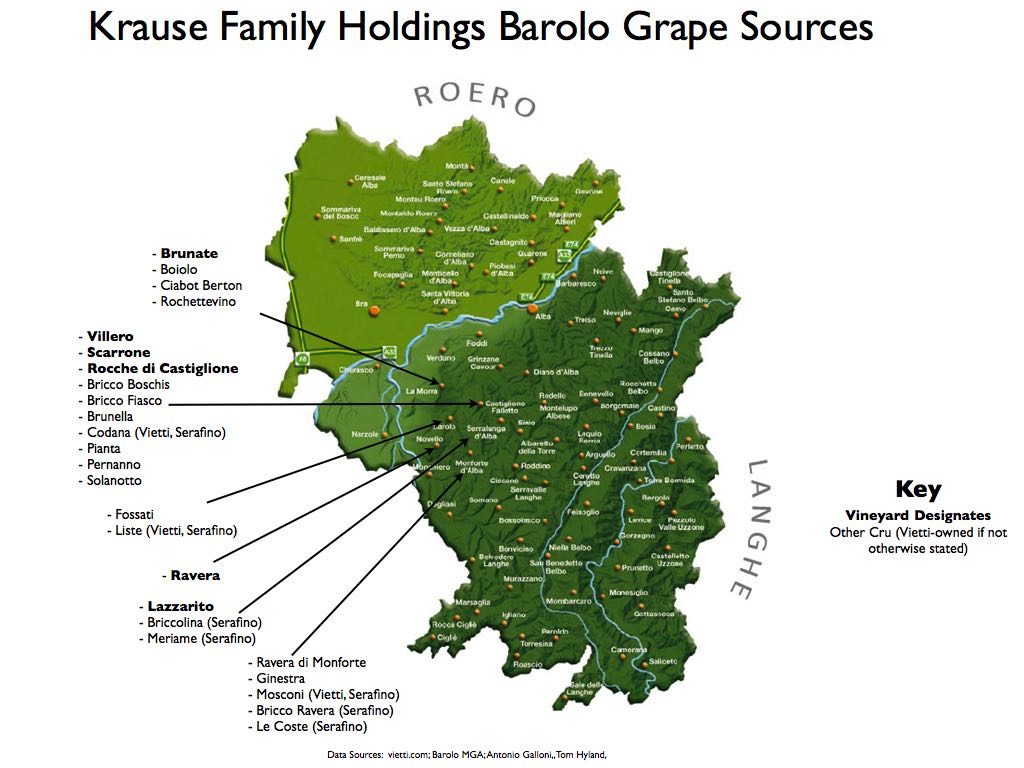
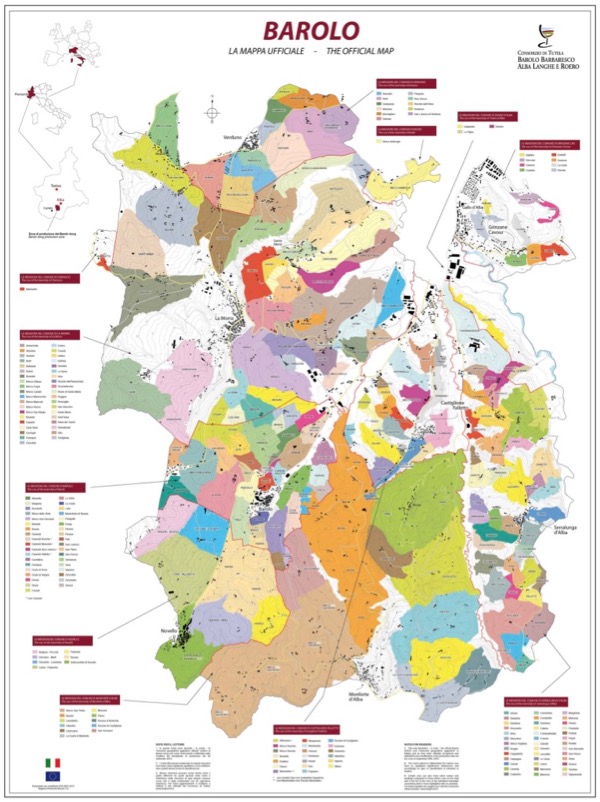



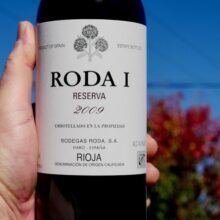
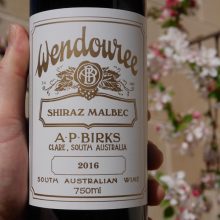
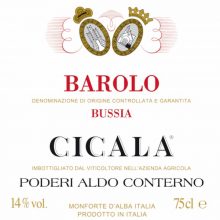
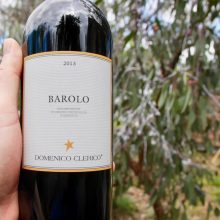
You must be logged in to post a comment.